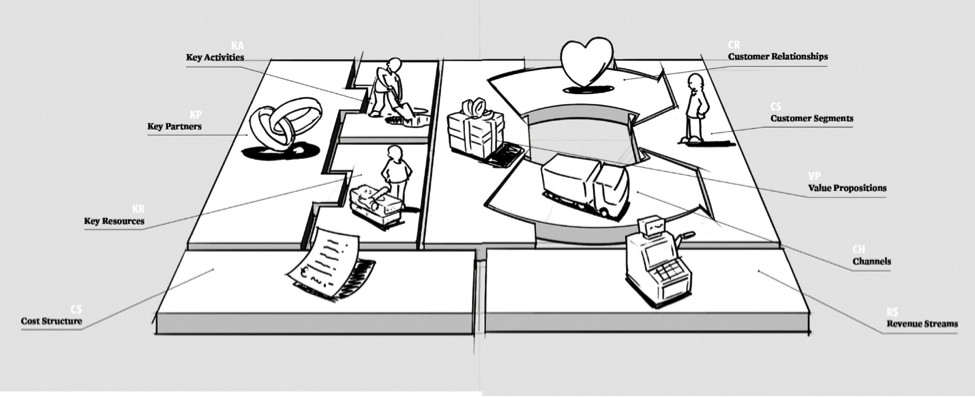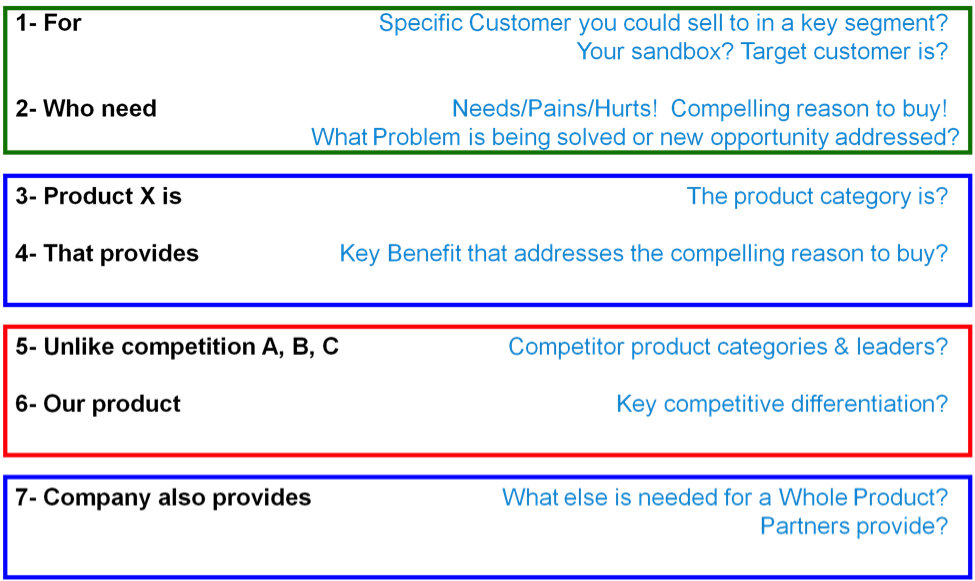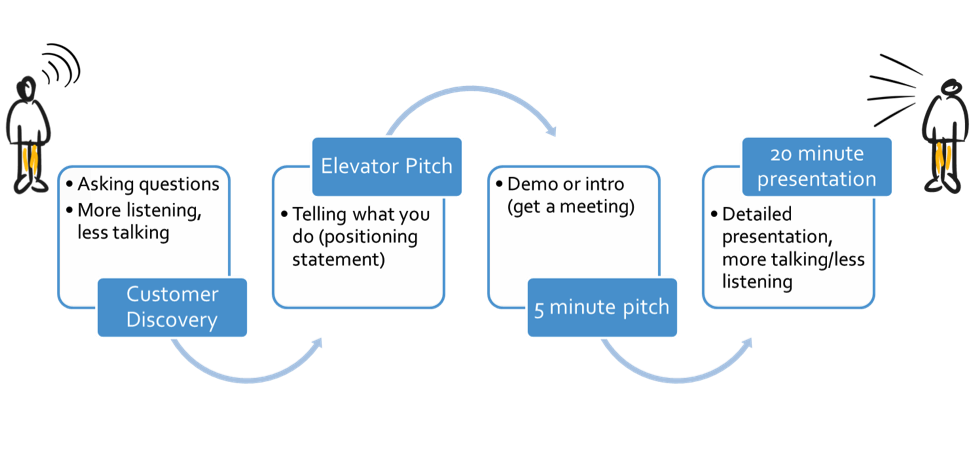Welcome to Module 3 of the Online Market Validation Training program. Brief intros, plus module and video links can be found below.
Multimedia links:
3.1 Business Model Canvas (BMC)

The Business Model Canvas is a central tool in the start-up toolkit. It’s increasingly used in tandem with Customer Development as a way of sketching out your hypotheses and looking at them from a big picture perspective.
You will have obtained a basic idea of a business model from the previous modules or you may already have one developed. We are going to create, develop and visualize the entrepreneur’s business model using Osterwalder’s Business Model Canvas. Then, it will be possible to identify all hypotheses and devise a plan to test them using the Customer Discovery process. The Business Model Canvas is an iterative process—you should think of it as a “work-in-progress”. You’ll be creating multiple versions of your Business Model Canvas over the life of your startup. You should date each canvas you complete.
Each of the canvas’ building blocks has a methodology behind it. Some are covered in depth in the Market Validation Training; others are self-directed. More detail is available in the book Business Model Generation and later in Module 5 of this course.
Access Multimedia: BMC Intro
Video links
3.2 Positioning Statement
The positioning statement (from Geoffrey Moore’s Crossing the Chasm) is a central tenet of our program and boils down the position that a business thinks they have in a market to a few short lines, that can be considered an “elevator pitch” of your business and idea. If an entrepreneur interprets the market type, applies customer development principles, then the positioning statement will be a first hypothesis that gets tested with real customers.

Define your position based on the target segment you intend to dominate and the value proposition that you intend to dominate it with.
Positioning is dynamic. It’s not a one-time event, but something that—like agile—should have continuous iterations.
Access Multimedia: Positioning Statement
3.3 Value Proposition Statement
Value Proposition is concerned with who buys and why. The why includes an understanding of the Return on Investment (ROI) of your product.
The value proposition is one of the crunch points between business strategy and brand strategy. It reflects the business strategy. It is a tool that helps the company to focus on the human experience of their product or service and the value proposition manifests in a statement that can be developed using this template:
- we believe that…
- should be able to…
- by…
- through the ability to…
- as a result of…
- for an investment of approximately…
The final value proposition statement requires the analysis and development of the Value Proposition, buyer or customer personas and types, and product analysis. It builds on the Positioning Statement and also includes a price on investment that the Positioning Statement does not. The value proposition needs to be targeted to a specific market(s). True to its name, the value proposition represents the value of the product or service and a belief that the customer is guaranteed to experience it.
Access Multimedia: Value Proposition Statement
Video links
- 20. Common Mistakes
3.4 Customer Discovery Conversation
Customer discovery is a type of interview, where you ask and listen, not where you try to sell. The goal is to test the product hypotheses and using feedback from customers, verify the problem, product and business model. Customer Discovery Conversation can be used at many points in the customer discovery process. The key is to ensure that you recognize the tremendous value in asking questions and listening to answers, rather than evangelizing your product, value proposition or feature set. Customer Discovery Conversation is really about ” getting out of the building“.

Customer Discovery conversations involve:
- Summarizing the “who and why”
- Getting an appointment
- Developing a conversation agenda
- Connecting features, benefits and value with “conversation starters”
- Finding early adopters
- Using Digital methods to test your hypotheses, such as A/B testing, landing page design and SEO
Access multimedia: Customer Discovery
Video links
- 11. Talking to Customers
- 20. Verify or Pivot
